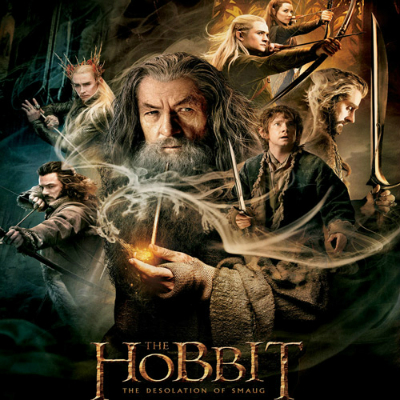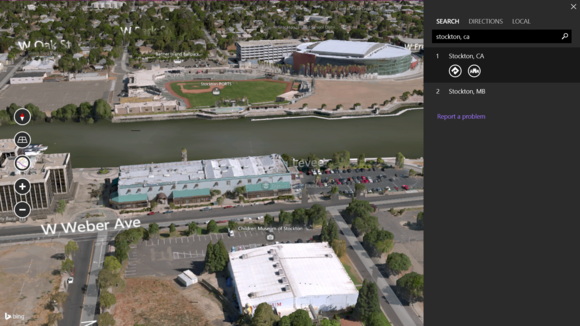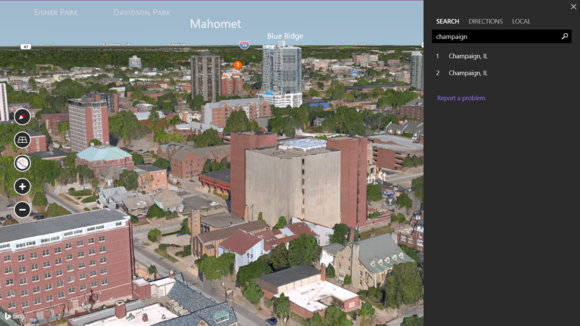
'EQUATION GROUP' BEHIND THE MALWARE
The team of malicious actors is dubbed the the "Equation Group" by researchers from Moscow-based Kaspersky Lab, and describes them as "probably one of the most sophisticated cyber attack groups in the world," and "the most advanced threat actor we have seen."
The security researchers have documented 500 infections by Equation Group and believes that the actual number of victims likely reaches into the tens of thousands because of a self-destruct mechanism built into the malware.
TOP MANUFACTURERS' HARD DRIVES ARE INFECTED
Russian security experts reportedly uncovered state-created spyware hidden in the hard drive firmware of more than dozen of the largest manufacturers brands in the industry, including Samsung, Western Digital, Seagate, Maxtor, Toshiba and Hitachi.
These infected hard drives would have given the cyber criminals persistence on victims' computers and allowed them to set up secret data stores on the machines, which is only accessible to the malicious hackers.
UNABLE TO REMOVE THE INFECTION
One of the most sophisticated features of these notorious piece of hacking tools is the ability to infect not just the files stored on a hard drive, but also the firmware controlling the hard drive itself. The malware is hidden deep within hard drives in such a way that it is difficult to detect or remove it.
If present, once the victim insert that infected storage (such as a CD or USB drive) into an internet-connected PC, the malicious code allows hackers to snoop victims' data and map their networks that would otherwise be inaccessible.
Because the malware isn't sitting in regular storage, so it is almost impossible for a victim to get rid of it or even detect it. Such an exploit could survive a complete hard drive wipe, or the re-installation of an operating system, and "exceeds anything we have ever seen before," the company's researchers wrote in a report.
MORE ADVANCED TECHNIQUES USED BY EQUATION GROUP
The firm recovered two modules belonging to Equation group, dubbed EquationDrug and GrayFish. Both were used to reprogram hard drives to give the malicious hackers ability to persistently control over a target machine.
GrayFish can install itself into computer's boot record — a software code that loads before the operating system itself — and stores all of its data inside a portion of the operating system known as the registry, where configuration data is normally stored.

TARGETED COUNTRIES AND ORGANISATIONS
The campaign infected tens of thousands of personal computers with one or more of the spying programs in more than 30 countries, with most infections seen in Iran, followed by Russia, Pakistan, Afghanistan, China, Mali, Syria, Yemen and Algeria.
The targets included government and military institutions, telecommunication providers, banks and financial institutions, energy companies, nuclear researchers, mass media organisations, and Islamic activists among others.
'ANCESTOR' OF STUXNET & FLAME
Security researchers are calling the malware as the "ancestor" of Stuxnet and Flame, the most sophisticated and powerful threats that were specially designed to spy and sabotage ICS and SCADA systems.
LINKS TO NSA
Kaspersky declined to publicly name the country or agency behind the spying campaign, but said it was closely linked to Stuxnet — the NSA-led cyberweapon that was used to sabotage the Iran's uranium enrichment facility.
Also, the similarities when combined with previously published NSA hard drive exploits have led many to speculate that the campaign may be part of the NSA program. NSA is the agency responsible for global surveillance program uncovered by Whistleblower Edward Snowden.
Another reason is that most of the infections discovered by the Moscow-based security firm have occurred in countries that are frequently US spying targets, such as China, Iran, Pakistan and Russia.
Meanwhile, Reuters reported sources formerly working with the NSA confirmed the agency was responsible for the attacks and developed espionage techniques on this level.
NSA INVOLVEMENT COULD BE RISKY
In case, if NSA found to be involved, the malicious program would have given the NSA unprecedented access to the world's computers, even when the computers are disconnected from the outer web. Computer viruses typically get activated as soon as a device is plugged in, with no further action required, and this because the viruses are stored on a hard drive's firmware.
Back in July, independent security researchers discovered a similar exploit targeting USB firmware — dubbed BadUSB — however there was no indication of the bugs being developed and deployed by Equation Group at this scale.
The issue once again raises the questions about the device manufacturers' complicity in the program. They should take extensive and sustained reverse engineering in order to successfully rewrite a hard drive's firmware.
For its part, the NSA declined to comment on the report.
























